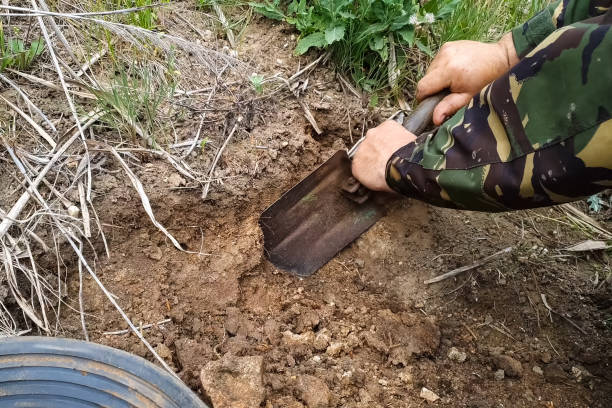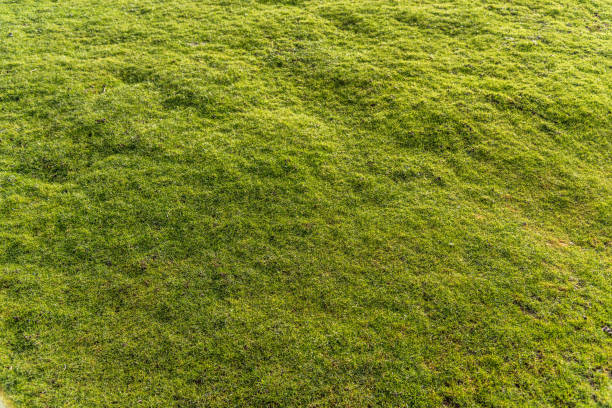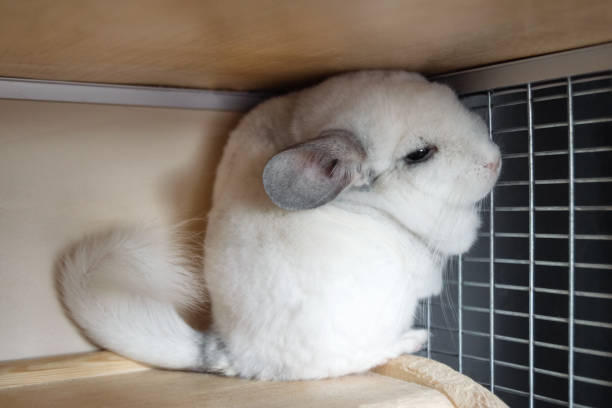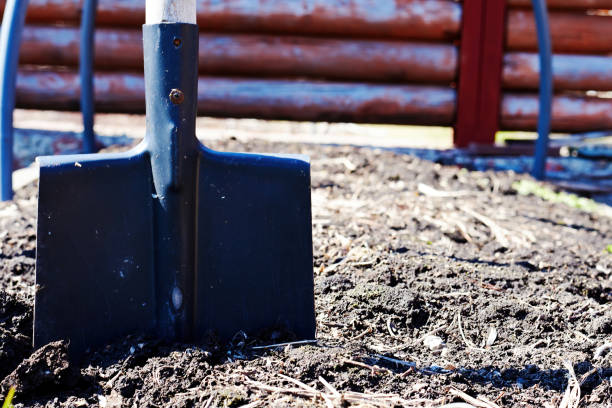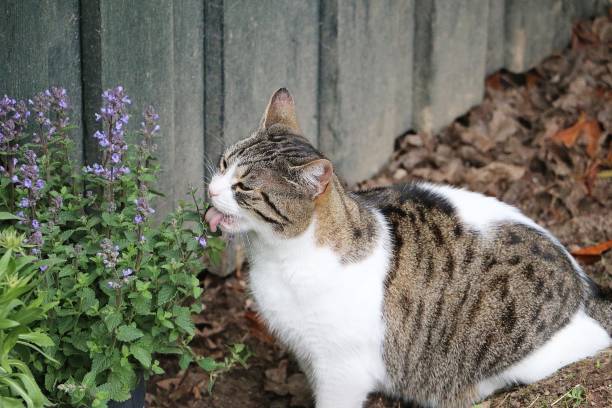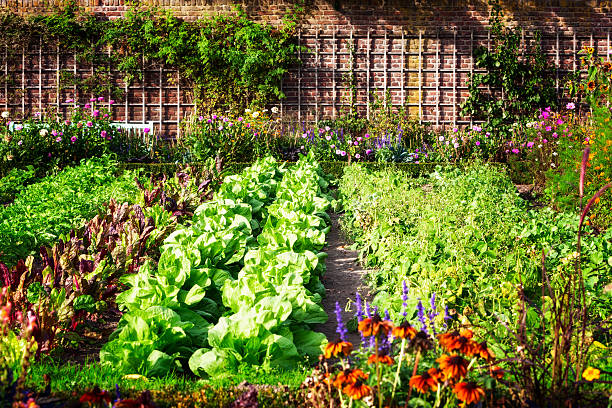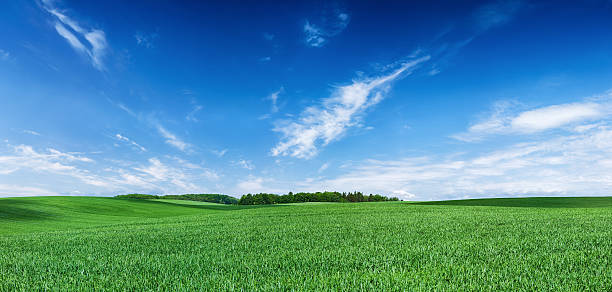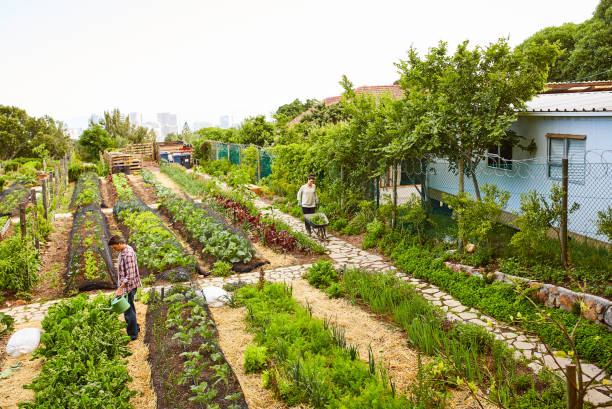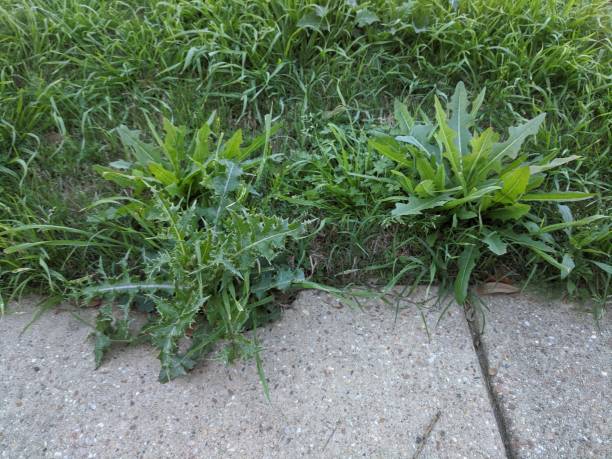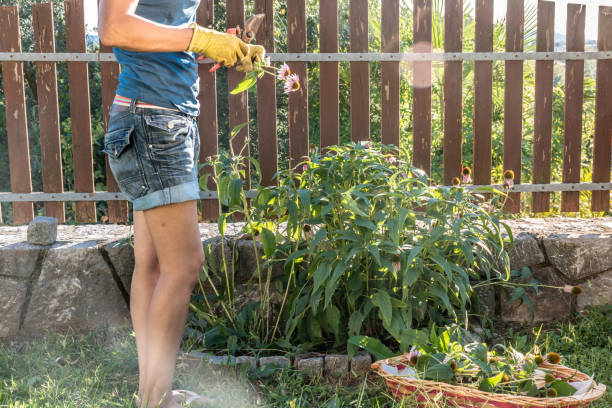Why Is My Yard Lumpy and Soft?
This post contains affiliate links. This means I will make a commission at no extra cost to you should you click through and make a purchase. Read the full disclosure here.
A well-maintained yard is a source of pride for homeowners, providing a beautiful and functional space for various activities. However, if you’ve noticed that your yard is lumpy and soft, it can be both frustrating and concerning. In this article, we will explore the causes behind a lumpy and soft yard, the effects it can have, and effective solutions to address the issue. By understanding the problem and taking appropriate action, you can restore the beauty and usability of your yard.
Causes of a Lumpy and Soft Yard
Uneven Soil Settlement
One common cause of a lumpy and soft yard is uneven soil settlement. Over time, the soil beneath your yard can shift and settle unevenly, leading to an uneven surface. This can result from various factors, such as poor soil composition or improper soil preparation during landscaping.
Poor Drainage System
Inadequate drainage can contribute to a lumpy and soft yard. When water doesn’t properly drain away from the yard, it can accumulate and saturate the soil, making it soft and susceptible to sinking. Improper grading or the absence of effective drainage systems can exacerbate this issue.
Burrowing Animals
Burrowing animals, such as moles or groundhogs, can cause lumps and soft spots in your yard. These critters create tunnels underground, disturbing the soil and creating uneven areas. Their constant digging and burrowing can lead to an unsightly and uneven yard surface.
Tree Roots
The presence of large trees near your yard can also contribute to a lumpy and soft yard. Tree roots tend to spread out in search of water and nutrients, and they can disturb the soil, causing it to become uneven. Additionally, the shade cast by trees can prevent the grass from growing uniformly, resulting in patchy and soft areas.
Heavy Foot Traffic
Frequent foot traffic, especially in concentrated areas, can cause soil compaction, leading to a lumpy and soft yard. This is particularly common in high-traffic areas such as paths or play areas. The constant pressure from footsteps compresses the soil, reducing its ability to support a level surface.
Effects of a Lumpy and Soft Yard
Having a lumpy and soft yard can have several negative effects:
Difficulty in Mowing and Gardening: Uneven areas make mowing and gardening tasks challenging. It becomes harder to achieve a uniform cut or maintain flower beds in such conditions.
Increased Risk of Accidents: Uneven surfaces pose a tripping hazard, especially for children and elderly individuals. Uneven ground can also cause instability, leading to injuries while walking or engaging in outdoor activities.
Negative Impact on Property Aesthetics: A lumpy and soft yard can detract from the overall appearance of your property. It diminishes the visual appeal and can lower the value of your home.
Reduced Usability of the Yard Space: Soft and uneven areas make it difficult to utilize the yard for recreational activities such as sports or outdoor gatherings. The uneven surface can limit the functionality and enjoyment of the space.
Identifying the Problem
To effectively address a lumpy and soft yard, it’s essential to identify the underlying causes. Here are some methods to help you identify the problem:
Conducting a Visual Inspection: Carefully examine your yard, looking for areas that appear lumpy or sunken. Take note of any irregularities or unevenness in the soil surface.
Analyzing Water Accumulation: Observe how water flows and accumulates in your yard. Areas with poor drainage may have excessive water pooling, indicating potential soft spots.
Checking for Animal Activity: Look for signs of burrowing animals, such as raised tunnels or small mounds of soil. Identifying their presence can help you determine if they are contributing to the problem.
Consulting with a Professional Landscaper: If you’re unsure about the cause or how to address the issue, consulting with a professional landscaper can provide expert insights and recommendations.
Solutions for a Lumpy and Soft Yard
Once you’ve identified the causes of your lumpy and soft yard, you can implement appropriate solutions to resolve the issue. Here are some effective methods:
Leveling the Ground
For minor unevenness, you can manually level the ground by filling in low spots with additional soil and removing excess soil from high spots. This process, known as topdressing, helps create a more even surface.
Improving Drainage
To address poor drainage, consider installing a drainage system, such as French drains or dry wells. These systems help redirect excess water away from your yard, preventing soil saturation and maintaining a stable ground.
Repairing Damaged Tree Roots
If tree roots are causing the lumps in your yard, it’s crucial to consult with a certified arborist. They can assess the situation and provide guidance on how to repair damaged tree roots or, if necessary, remove the tree safely.
Installing Proper Fencing
To prevent burrowing animals from disturbing your yard, installing a sturdy fence can be effective. Choose fencing materials that animals cannot easily penetrate, and ensure the fence extends below ground level to deter digging.
Creating Designated Pathways
To mitigate the effects of heavy foot traffic, create designated pathways or walkways using materials such as gravel or stepping stones. This helps distribute the pressure and reduces soil compaction in other areas of the yard.
Preventing Future Issues
To maintain a healthy and even yard in the long term, it’s important to implement preventive measures. Here are some tips:
Regular Lawn Maintenance: Mow your lawn regularly at the appropriate height and follow a proper fertilization and watering schedule to promote healthy grass growth.
Implementing Proper Irrigation Techniques: Water your yard adequately but avoid overwatering. Ensure that your irrigation system is properly calibrated to prevent soil saturation.
Controlling Animal Activity: Use deterrents or consult with pest control professionals to control burrowing animals and prevent future damage.
Avoiding Heavy Foot Traffic: Encourage family members and guests to use designated pathways to minimize soil compaction in other areas of the yard.
Seeking Professional Help
If you’re facing persistent issues with your lumpy and soft yard or need expert assistance, don’t hesitate to seek professional help. Here are some options:
Hiring a Landscaper or Arborist: A professional landscaper or arborist can provide specialized knowledge and expertise to address the specific challenges your yard is facing.
Consulting with a Soil Expert: A soil expert can analyze your soil composition and provide recommendations for improving its structure and drainage properties.
Exploring Professional Yard Maintenance Services: Consider hiring professional yard maintenance services for routine care, including leveling, aeration, and drainage system upkeep.
In conclusion, a lumpy and soft yard can be caused by various factors such as uneven soil settlement, poor drainage, burrowing animals, tree roots, and heavy foot traffic. By identifying the problem and implementing appropriate solutions, such as leveling the ground, improving drainage, and controlling animal activity, you can restore the beauty and functionality of your yard. Remember to engage in preventive measures and seek professional help when needed. Enjoy a level, safe, and aesthetically pleasing yard for your family and friends to enjoy!
FAQs
Can I fix a lumpy and soft yard by myself?
Yes, minor issues can often be addressed by homeowners. However, for complex or extensive problems, it’s advisable to consult with professionals for effective solutions.
How long does it take to fix a lumpy and soft yard?
The duration depends on the severity of the problem and the chosen solutions. Minor issues can be resolved relatively quickly, while more significant repairs may take several weeks or even months.
Will installing a drainage system solve the problem?
Installing a proper drainage system can significantly improve the condition of a lumpy and soft yard. It helps redirect water away from the yard, preventing soil saturation and subsequent soft spots.
Are there any natural remedies to fix a lumpy and soft yard?
Natural remedies like aerating the soil, adding compost, or applying organic soil amendments can help improve soil structure and drainage. However, their effectiveness may vary depending on the specific yard conditions.
Can I prevent yard issues by using synthetic turf?
Synthetic turf can provide a more even and stable surface compared to natural grass. It can help prevent lumps and soft spots caused by uneven soil settlement or heavy foot traffic. However, proper installation and maintenance are essential for long-term durability and performance.

